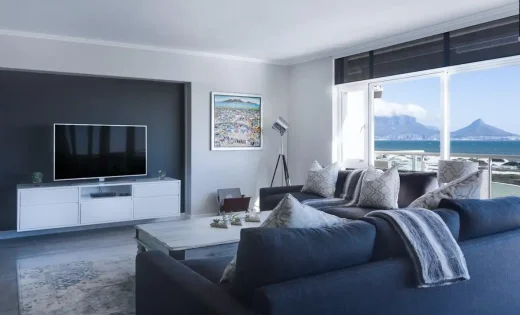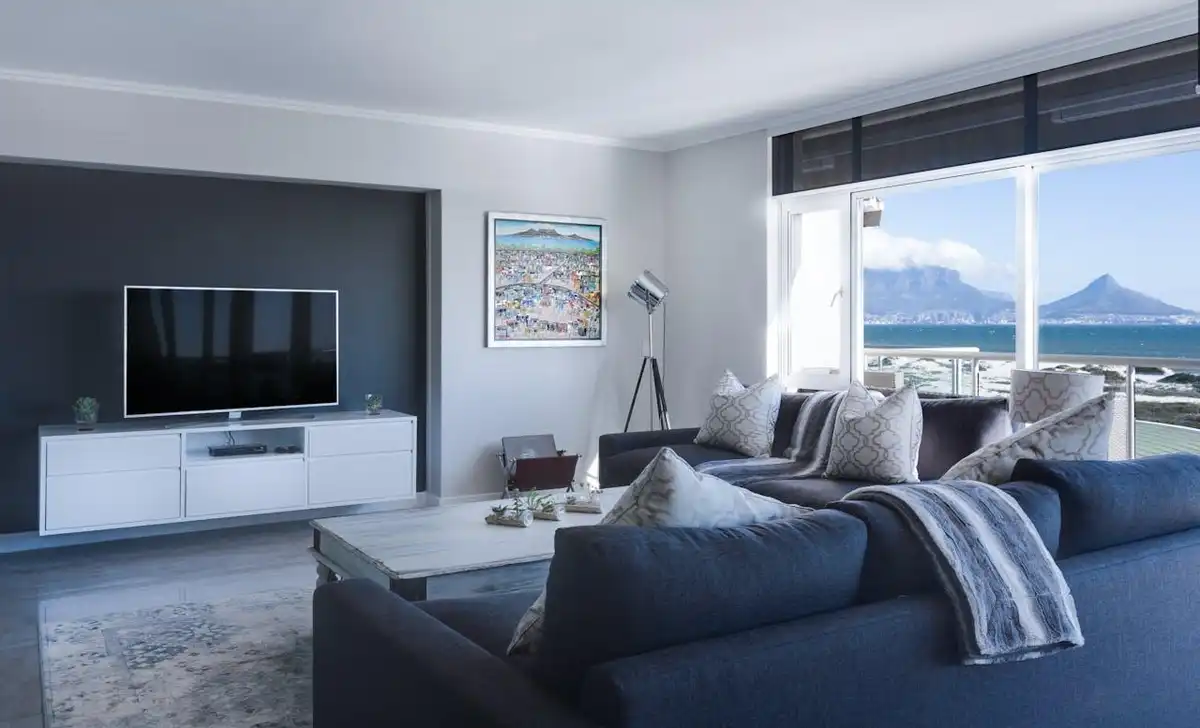The impact of natural lighting on interior design, Lighting sense of space style creation
The Impact of Natural Lighting on Interior Design
6 December 2024

photo © Jean van der Meulen from Pexels
Natural light is like a magic touch in interior design. It doesn’t just brighten a room; it makes colors pop, adds depth, and even lifts our mood. Whether it’s a cozy home or a bustling office, natural light brings life to any space.
Today’s designers are all about using natural light not only to make things look good but also to make us feel good and help the planet. In this article, let’s dive into how natural light can transform interiors and why it’s important in creating spaces that are both beautiful and functional.
Helps Enhance Visual Appeal and Aesthetic
Natural light brings out the best in colors and textures. It makes spaces feel vibrant and alive, enhancing the overall aesthetic appeal. Even minimalist designs gain new depth under natural light, as shadows and highlights bring subtle features to life. For designers, strategic use of natural light opens up possibilities to play with contrasts and create layers of visual interest.
Helps Creating a Sense of Space
Sunlight can make a room feel larger than it actually is. By strategically placing windows, skylights, and reflective surfaces, designers can create an illusion of openness and airiness, especially in smaller spaces.
In urban spaces where square footage is limited, this benefit of natural lighting is particularly valuable. When paired with mirrors, light can reflect across surfaces, further amplifying the sense of space.
Helps Improve Mood and Health
Exposure to natural light has a positive impact on our mental and physical health. It helps regulate our circadian rhythms, mood, and reduce stress. By incorporating natural light into our daily lives, we can create spaces that promote calmness, productivity, and overall well-being.
Helps in Sustainability and Efficiency
Using skylights like Sunsquare skylights in interior design aligns with sustainability goals by reducing the reliance on artificial lighting. Natural light is an eco-friendly alternative to electric lighting, helping to decrease energy consumption and reduce carbon footprints. By thoughtfully positioning windows and skylights, designers can illuminate interiors effectively without additional lighting fixtures during daylight hours, making the building more energy-efficient.
Incorporating natural light goes beyond just adding windows. Design techniques such as open floor plans, translucent materials, and strategically placed reflective surfaces can help to distribute light evenly, maximizing its reach.
Helps Enhance Functionality of Spaces
Properly lit spaces are more functional and enjoyable. Skylights can improve visibility, enhance focus, and create a more comfortable atmosphere. By understanding how sunlight moves through a space, designers can optimize room layouts and furniture placement to maximize its benefits.
Helps Create Focal Points and Ambiance
Natural light can also be used to create focal points and enhance the ambiance of a space. Large windows or skylights act as design features, drawing the eye to certain areas and creating a sense of structure within the room. Light can be directed to highlight architectural details or specific design elements like artwork, plants, and furniture.
The time of day and position of the sun also affect ambiance. Morning sunlight has a soft, warm quality, while afternoon light can be bold and direct. As designers, you can take advantage of these changes to add dynamism to interiors.
Impact on Color and Temperature Perception
Did you know that natural light can even change how we perceive colors and temperatures? South-facing rooms, bathed in warm sunlight, feel cozy and inviting, ideal for living areas. On the other hand, north-facing rooms, with their cooler light, are perfect for serene spaces like bedrooms or bathrooms.
Warm colors like reds and yellows pop under natural light, while cooler hues like blues and greens appear more subdued. By understanding this interplay between light and color, designers can create harmonious and balanced spaces.
Innovative Design for Brighter Spaces
To maximize the benefits of natural light, architects and designers are getting creative. Skylights, for instance, not only brighten a room but also add a touch of drama. Clerestory windows, tall and narrow, provide privacy while allowing sunlight to stream in.
In open-concept spaces, glass partitions are a popular choice. They keep spaces connected while ensuring that natural light reaches every corner. These innovative techniques show how natural light can be harnessed to create beautiful and functional spaces, regardless of their size or shape.
Comments on this guide to The Impact of Natural Lighting on Interior Design article are welcome.
Lighting Design
Outdoor Lighting
Trendsetting Outdoor Lighting Ideas for 2024
Smart lighting innovations in architectural design
Outdoor lighting ultimate guide
Buildings
Building Designs – architectural selection below:
Design: Verstas Architects
Syvälahti Education Centre Turku
Design: Atelier Nuno Architects
The University of Hong Kong Medical School
Comments / photos for the The Impact of Natural Lighting on Interior Design page welcome.




